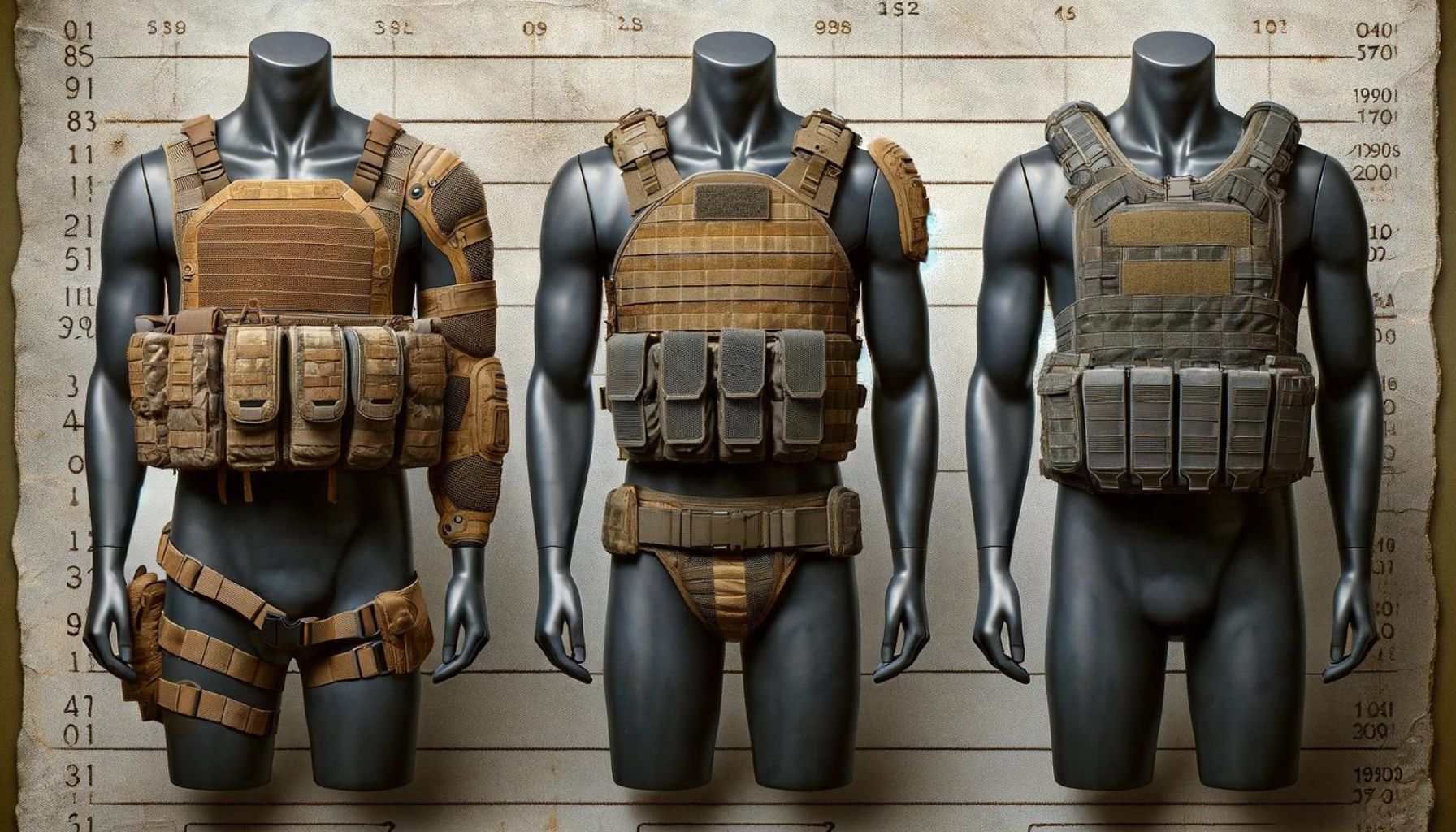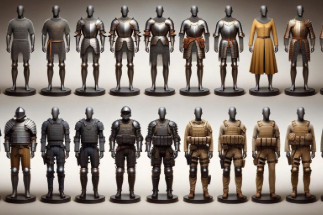29th Feb 2024
The Evolution of Body Armor: A Journey Through Time
The history of body armor is as old as warfare itself, with the primary goal always being to protect warriors from the weapons of their time. From ancient chainmail to modern ballistic vests, the evolution of body armor reflects advancements in materials science, warfare tactics, and technological innovation. In this blog, we'll explore key milestones in the development of body armor, illustrating how each phase has built upon the last to provide increasingly effective protection.

Ancient and Medieval Armor
The earliest forms of body armor were made from natural materials like leather and silk, eventually evolving into the more recognizable chainmail and plate armor of the medieval period. Chainmail, made of interlocking metal rings, offered flexibility and protection against slashing weapons. However, as projectile weapons evolved, so too did armor. Plate armor emerged, providing superior protection against both cutting and blunt force impacts. This era culminated in the full suits of armor associated with knights, designed to protect against swords, lances, and early firearms.

The Age of Gunpowder and Beyond
With the advent of gunpowder and firearms, body armor had to evolve rapidly. The 17th century saw the introduction of the cuirass, a type of body armor made from large metal plates. While effective against early firearms, the heavy weight of these armors made them impractical for widespread use. As firearms continued to advance, traditional metal armors could no longer provide adequate protection, leading to a decline in their use on the battlefield.

The 20th Century: Birth of Modern Body Armor
World War I and II were pivotal in the development of modern body armor. The introduction of steel helmets and vests provided some protection against shrapnel and low-velocity bullets. However, it was not until the later stages of World War II and the Korean War that more effective vests were developed, using materials like ballistic nylon.

The Revolution of Kevlar and Modern Materials
The invention of Kevlar in the 1970s marked a significant breakthrough in body armor technology. This lightweight, synthetic fiber offered high strength and resistance to impact, allowing for the creation of body armor that could stop bullets while being comfortable enough for routine use. Modern body armor, often made with a combination of materials including ceramics, ultra-high-molecular-weight polyethylene, and advanced fibers, provides unprecedented levels of protection against a variety of ballistic and stab threats.

Future Trends: Smart Armor and Beyond
Looking to the future, the development of body armor continues to focus on enhancing protection while reducing weight and improving comfort. Innovations like liquid armor, smart materials that harden on impact, and integration with wearable technology are on the horizon. These advancements promise to offer not only improved ballistic protection but also new capabilities like health monitoring and augmented reality interfaces for soldiers and law enforcement personnel.
Conclusion
The evolution of body armor is a testament to humanity's ingenuity and adaptability. From the chainmail of medieval knights to the advanced ballistic vests of today, each advancement in body armor reflects a response to the changing nature of threats faced on the battlefield and in law enforcement. As we look to the future, the ongoing innovation in materials and technology promises to continue this tradition, offering enhanced protection and new capabilities for those who find themselves in harm's way.

